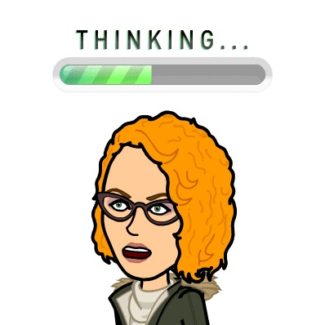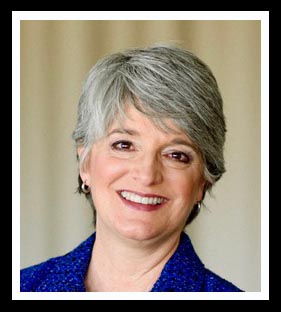 Can someone with ADHD learn to think and act like an organized person? This is the shift we talked about in the ADHD Success Club last week. Here are our guest blogger, Maya’s, reflections on Success Club Module 4, ‘The ABCs of Getting Organized’.
Can someone with ADHD learn to think and act like an organized person? This is the shift we talked about in the ADHD Success Club last week. Here are our guest blogger, Maya’s, reflections on Success Club Module 4, ‘The ABCs of Getting Organized’.
“You need to learn to think and act like an organized person.”
~Dana Rayburn
Trying to absorb those words as something I need to do right now reminds me of the many messy moments of my childhood when I listened to my mom gripe at me for my messy room as she urged me to find a place for the huge pile of the things placed on top of my bed. Being that I did not think and act like an organized person, all those things were thrown into the closet, shoved under the bed, and hidden out of sight—just for the night until the clutter could begin to grow again. Think and act like an organized person—laughable!
Occasionally, I can pull off the charade of organization with my actions because there are always closets and spaces out of sight, but I’ve never been able to sustain that charade over time. Truly shifting my thinking seems unachievable because I’ve never developed and sustained workable systems of organization. Still, though, a part of me is excited about the prospect of one day acting and thinking like an organized person in a way that I don’t feel like I’m hiding the real me out of sight somewhere.
Dana’s guiding principles for organization recognize that a one-size-fits-all approach to organization will not work for the ADHD brain. Her principles acknowledge ways to work with my brain while guiding me to become who I need to become in order to be more organized. The principles acknowledge that perfection is not the answer— the answer is to find and sustain what’s good enough such as being able to usually find things and/or not letting piles get out of control. Also, the principles explain how organization takes time and effort and should focus on building simple and sustainable systems instead of focusing on complicated and/or snazzy systems. Dana’s principles also emphasize the importance of embracing new habits to build organization while moving away from old habits that perpetuate disorganization, with these new habits being developed in ways that suit my unique adult ADHD style.
To begin this process of organization, I was given the homework to examine habits and thoughts that encourage disorganization as well as habits that help organization. What encourages disorganization: moving clutter, leaving cabinets opened, not having a place for things, piling things on the first available surface (teacher’s desk, dresser, table, etc.) and not putting away things when done. The thoughts/procrastination conversations that get in the way of organization: “I’ll do it later,” “I don’t know where it goes,” “I need to finish this first,” and “I don’t wanna.” What helps organization: simple systems, plain sight systems, color coding systems, and having a system.
The other homework was to do a 27 Thing Fling. I enjoyed that. I filled a bag twice marveling in how much clutter I cleared. It was simple, quick, and fun getting rid of the obvious clutter. At one point, I realized that a pile of papers from last May and August were not at all important. There was great freedom and joy in clearing that clutter, and the task was actually easy and manageable.
Building good habits with sustainable and simple systems developed and tweaked over time to suit my unique needs is what the guiding principles of organization are all about. Who knows? Maybe I can one day give up the charade and truly become a person who thinks and acts like an organized person. Read Maya’s blog at https://moveoveradhd.wordpress.com/

 Tired of struggling with ADHD? You’re in the right place. ADHD Success is loaded with free, practical tips to help you get organized, manage your time, and live more easily with Adult ADHD. Like what you read? Sign up for the newsletter now! No Spam. I promise!
Tired of struggling with ADHD? You’re in the right place. ADHD Success is loaded with free, practical tips to help you get organized, manage your time, and live more easily with Adult ADHD. Like what you read? Sign up for the newsletter now! No Spam. I promise!
0 Comments